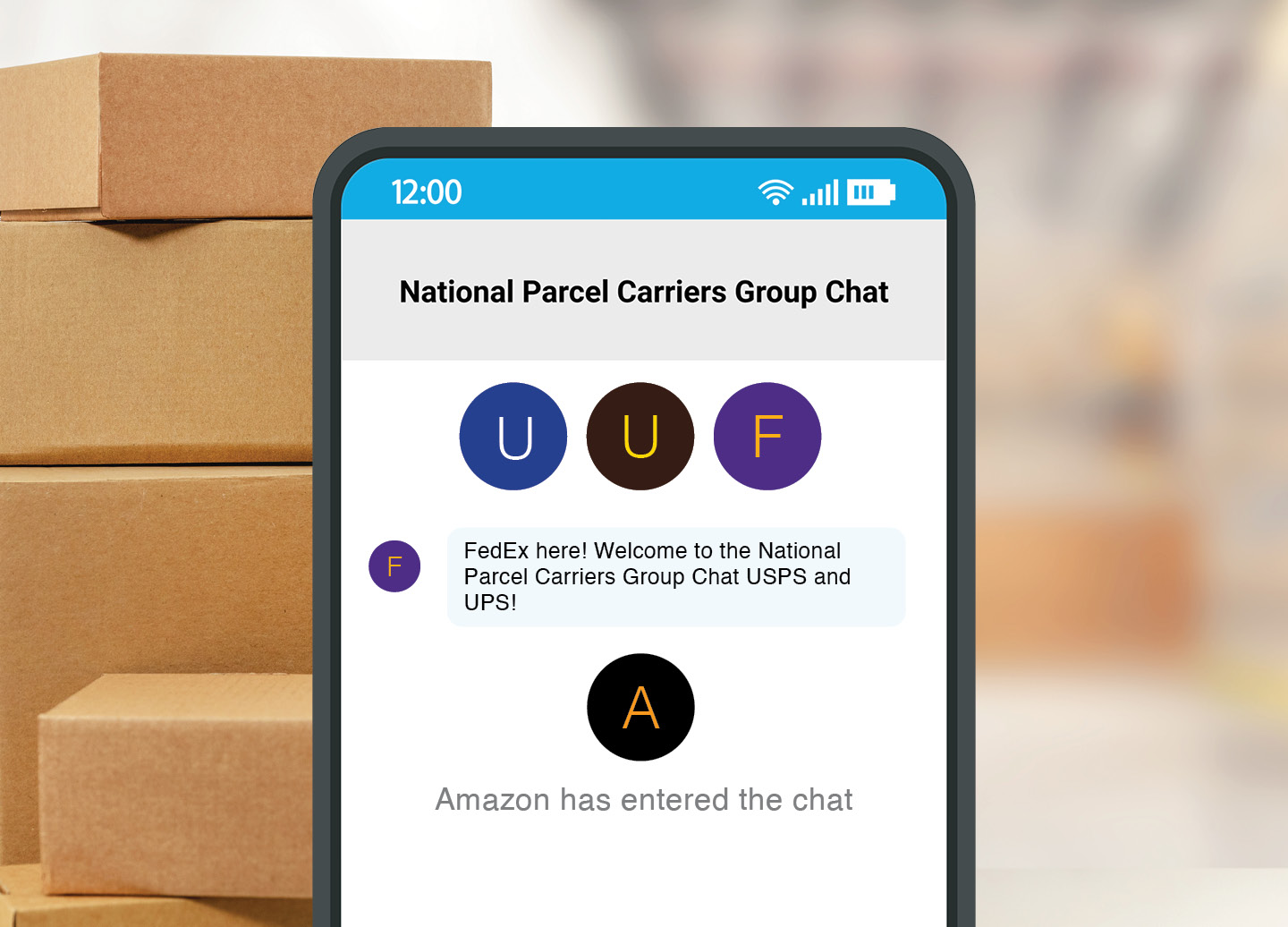Does your business go by the book?
You’ve been following rules for forever. Business casual dress required. Restrooms are for paying customers only. No talking during the movie. Rules are everywhere, so it should come as no surprise that shipping carriers have rules for you, too. Except they call it compliance.
Carrier’s rules are a little different than bringing your own candy into the theater or failing to update your driver’s license when you move. In those situations, you weren’t asked to pay a fee and the consequences didn’t impact anyone but you. With carriers, not following the rules is a much bigger issue and could cost your company big money.
What is carrier compliance?
First, let’s start with the definition of carrier compliance. It means adhering to the business rules and specifications set forth by the carrier. These can be specific documentation requirements down to label formats. Fortunately, carriers put together rulebooks for you to follow. These rulebooks contain documentation and specification diagrams to detail the booking process, tracking and account number algorithms, label formats, barcode definitions and service business rules so you can follow the rules to a “T”.
Why is carrier compliance important?
Shipping compliance – or non-compliance – can make or break your supply chain, not to mention it can cause headaches for everyone involved. This is especially true when it comes to international shipping. The fines that can be levied on shipments that do not follow export rules can be upwards of $50,000 USD per package.
Non-compliance slows shipment movement and causes hours of rework and even lost packages, which will definitely impact customer satisfaction. And you think shipping is expensive now? The fees will only increase when you don’t follow the carrier’s rules. You’re also putting yourself and others at risk in the case of Dangerous Goods, as mislabeling could be dangerous or even fatal.
When shipping compliance is achieved, ongoing rules and requirements for rating, labeling and manifest reporting are not an issue. It also means faster parcel transit, clearer up-front costs and seamless service with carriers.
What does it take to be carrier compliant?
Now that I’ve sold you on the fact that following rules is in your best interest, you need to know what it takes to be completely compliant. The first step: learning the rules. But this is easier said than done.
Gone is the time when shippers only worked with one carrier. In today’s complex and competitive marketplace, shippers must engage with numerous carriers to meet customer demands and provide faster delivery. Imagine reading every one of your carrier’s compliancy rulebooks. It would be nearly impossible, especially since carrier compliancy rules can be updated frequently.
1) Brush up on your international trade rules. USPS has the International Mail Manual available with country specific information on what you can and cannot ship to countries. (But be careful, recently, there have been some major uncertainties impacting international shipping, USPS and the Universal Postal Service).
2) Learn more about Hazmat shipping. Carrier specific rules can generally be found on carrier websites.
3) Use a compliant and updated multi-carrier shipping application for your fulfillment needs.
Your best bet is to incorporate multi-carrier shipping software into your supply chain. Multi-carrier shipping software allows you to find the best shipping method for every parcel. It rate shops from a variety of carriers, ultimately finding the one that will get your shipment to the customer at the lowest possible cost and by the time the customer expects it. Because multi-carrier shipping software companies work extremely closely with a variety of carriers, you no longer need to worry about compliance, as the software already knows each carrier’s rules and regulations, even if it was just implemented last week.
The best of these systems takes care of the Top 10 Carrier-Related Shipping Concerns:
1) Rate changes
2) Customer service
3) Accuracy of shipping addresses
4) Complex carrier manifests and documentation
5) Poor user experience
6) Reconciliation of charges
7) Tracking visibility for customers
8) Customer experience
9) International services
10) Insurance
Instead of trying to tackle complete compliance yourself, take advantage of multi-carrier shipping software. You will save time and energy trying to ensure each parcel adheres to each carrier’s rules and also be guaranteed to meet customer expectations. In the end, that’s the goal of every shipper.
You might also like…

 Back to Blog
Back to Blog






